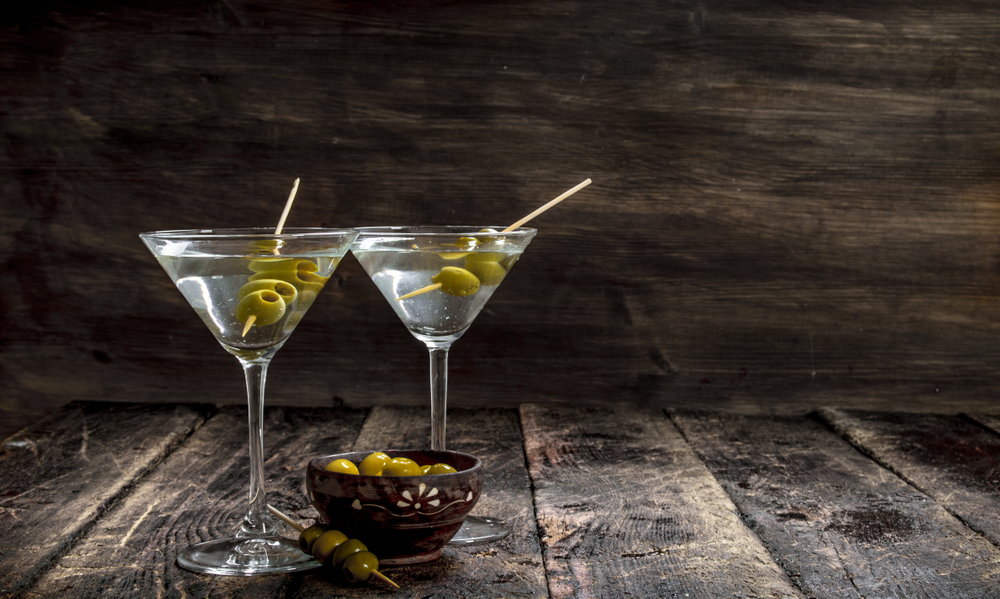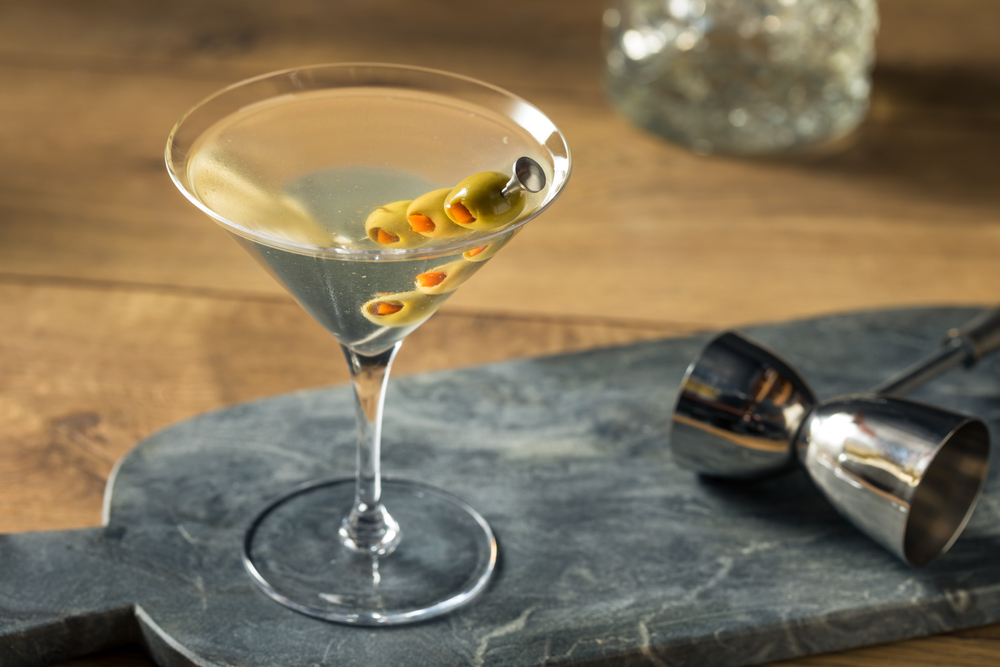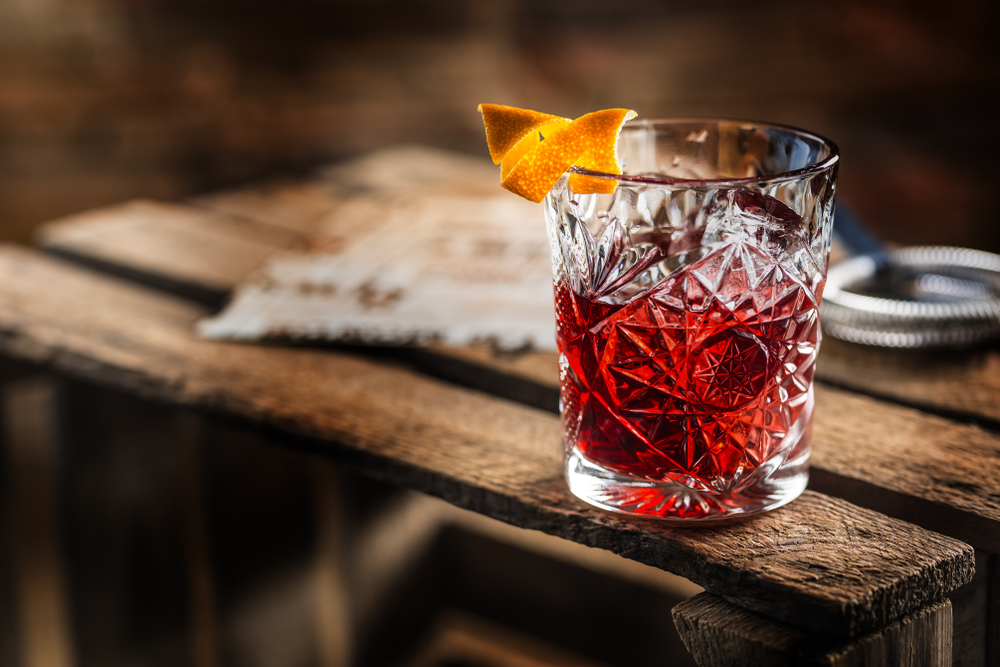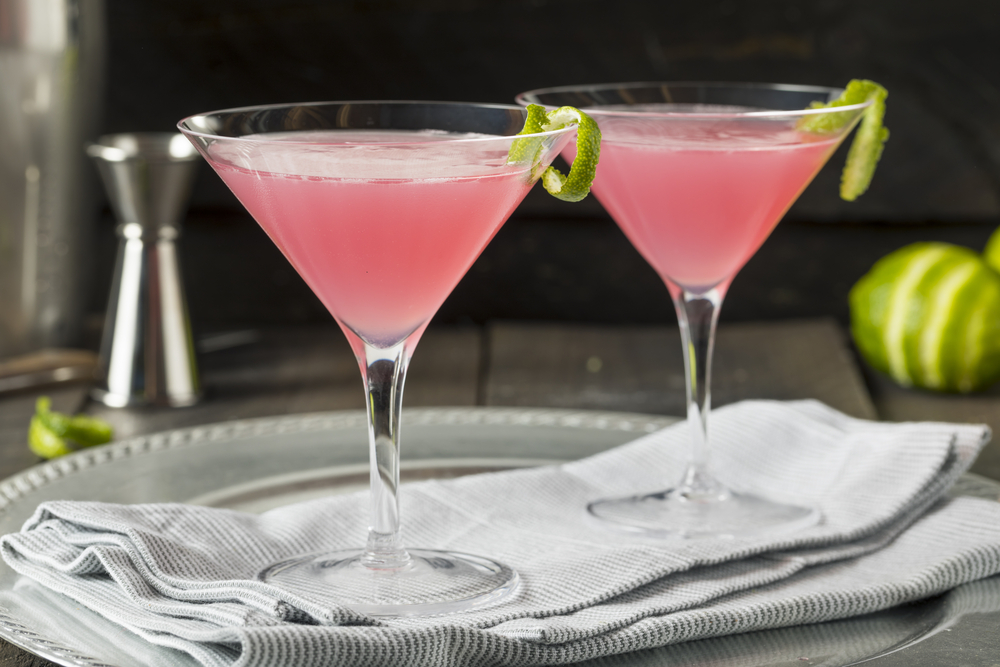A martini with olives is a classic cocktail that has been enjoyed for decades. The drink is known for its simplicity and elegance, with just a few key ingredients that come together to create a delicious and sophisticated beverage. But what exactly does a martini with olives taste like?
The taste of a martini with olives depends on the ingredients used to make it. Gin is the classic base for a martini, and it has an herbal, flowery taste that is complemented by the brininess of the olives.
Vodka is also a popular base for martinis, and it has a neutral flavor that allows the olives to shine through. The type of olive used can also affect the flavor of the drink, with some varieties being more bitter or salty than others.
Key Takeaways
- A martini with olives is a classic cocktail that is known for its simplicity and elegance.
- The taste of a martini with olives depends on the ingredients used to make it, including the base liquor and the type of olive.
- Gin and vodka are popular bases for martinis, and the brininess of the olives can complement the herbal or neutral flavors of the liquor.
Understanding the Martini

History of the Martini
The Martini is a classic cocktail that has been around for over a century. Its exact origin is unclear, but it is believed to have been created in the late 1800s or early 1900s. Some say it was first made in San Francisco, while others credit New York City.
Regardless of its origin, the Martini quickly became a popular drink among the elite and was often associated with sophistication and glamour.
Over the years, the Martini has evolved and adapted to different tastes and preferences. The classic Martini is made with gin and dry vermouth, but there are many variations that use vodka, different types of vermouth, and various garnishes.
Types of Martinis
There are several types of Martinis, each with its own unique taste and characteristics. Here are some of the most popular types:
- Gin Martini: The classic Martini is made with gin and dry vermouth. It has a crisp, clean taste with a hint of herbal notes from the gin.
- Vodka Martini: A variation of the classic Martini that uses vodka instead of gin. Vodka has a neutral taste, so this Martini is smoother and less herbal than the gin version.
- Dry Martini: A Martini with very little vermouth, resulting in a drier taste. This is a popular variation for those who prefer a stronger, less sweet drink.
- Wet Martini: A Martini with more vermouth than usual, resulting in a sweeter taste. This is a popular variation for those who prefer a milder, less strong drink.
- Dirty Martini: A Martini with a splash of olive brine, giving it a salty, savory taste. This is a popular variation for those who like their drinks with a bit of a kick.
- Classic Martini: The classic Martini is made with gin, dry vermouth, and a garnish of olives or a lemon twist. It has a balanced, clean taste that is perfect for sipping on a night out.
In conclusion, the Martini is a classic cocktail with a rich history and many variations. Whether you prefer a gin or vodka base, a dry or wet taste, or a classic or modern twist, there is a Martini out there for everyone.
Ingredients of a Martini

A martini is a classic cocktail that has been enjoyed for decades. It is a simple drink that consists of only a few ingredients, but each one plays an important role in the overall taste and experience of the drink.
Here are the key ingredients of a martini and how they contribute to the drink’s flavor and character.
The Role of Gin or Vodka
Gin and vodka are the two main spirits used to make a martini. Gin is made from juniper berries and has a distinct herbal, flowery taste. It is a popular choice for those who want a martini with a stronger flavor profile, with finishing notes of earthiness.
Vodka, on the other hand, has a neutral flavor that allows the other ingredients to shine. It is a great choice for those who want a cleaner, crisper martini.
Importance of Vermouth
Vermouth is a fortified wine that is a key ingredient in a martini. It comes in two types: dry vermouth and sweet vermouth. Dry vermouth is the most commonly used type in a martini and is used to add a subtle herbal flavor to the drink.
Sweet vermouth is used in other cocktails and has a more pronounced sweetness. Vermouth is added in small amounts to the martini and helps to balance the flavors of the other ingredients.
The Olive Garnish
The olive garnish is a classic addition to a martini and is used to add a unique twist to the drink’s flavor profile. Olives are typically skewered and placed in the drink, adding a savory and slightly bitter taste, with a slightly briny aftertaste.
The type of olive used can also affect the taste of the drink. The Greek Frescartano olive is a popular choice, as it is prepared in the same style as Castelvetrano olives, retaining their crispness and buttery taste.
Overall, a martini is a simple drink that relies on a careful balance of key ingredients to create a unique and enjoyable flavor profile. The right combination of gin or vodka, vermouth, and olive garnish can create a drink that is perfect for any occasion.
The Martini Making Process

Making a martini is an art form that requires precision and attention to detail. Here are the key steps to follow when making a martini with olives:
Shaken or Stirred
The first decision to make when making a martini is whether to shake or stir the cocktail. Shaking the cocktail will create a frothy texture, while stirring will create a silky texture.
Shaking is recommended for cocktails that contain fruit juices or other mixers, while stirring is recommended for cocktails that contain only spirits.
Chilling the Cocktail
Chilling the cocktail is an essential step to ensure that the martini is served at the perfect temperature. The cocktail should be chilled to between 20 and 30 degrees Fahrenheit.
To chill the cocktail, fill a mixing glass or a shaking tin with ice and add the ingredients. Stir or shake the cocktail until it is chilled, then strain it into a chilled martini glass.
Garnishing the Martini
Garnishing the martini is the final step in the martini-making process. A classic garnish for a martini is a lemon twist, which adds a bright citrus flavor to the cocktail. To make a lemon twist, cut a thin strip of lemon peel and twist it over the cocktail to release the oils.
Another popular garnish for a martini is olives, which add a salty and savory flavor to the cocktail. To garnish the martini with olives, simply place one or two olives on a cocktail pick and place it in the cocktail.
In summary, making a martini with olives involves shaking or stirring the cocktail, chilling it to the perfect temperature, and garnishing it with a lemon twist or olives. With these key steps in mind, anyone can create a delicious and perfectly balanced martini.
Tasting a Martini with Olives

Flavor Profile
A martini with olives has a unique flavor profile that is influenced by the type of base liquor used and the type of olives added. The classic base for a martini is gin, which has an herbal, flowery taste.
If gin is used as the base, the martini with olives will have a stronger flavor palate with finishing notes of earthiness. Vodka is also a popular base for martinis.
However, unlike gin, vodka has a neutral flavor. This means that the olives added to a vodka martini will have a more prominent taste.
The type of olives used can also impact the flavor of a martini. Green olives are the most common type of olives used in martinis.
They have a slightly salty and briny taste, which complements the flavors of the base liquor. Some people prefer to use pitted green olives stuffed with blue cheese or lemon zest to add an extra layer of flavor to their martini.
However, some bartenders argue that stuffing olives takes away from the true flavor of the martini.
Texture and Color
A martini with olives has a smooth texture that is influenced by the way it is prepared. To make a classic martini with olives, the liquor is stirred or shaken with ice and then strained into a chilled glass. This creates a silky texture that is easy to drink.
However, some people prefer to make a dirty martini by adding olive brine to the liquor. This creates a cloudier texture that is slightly thicker than a classic martini.
The color of a martini with olives can vary depending on the type of base liquor used and the amount of olive brine added. A gin martini with olives will have a clear, pale yellow color.
A vodka martini with olives will have a slightly cloudy appearance due to the neutral flavor of the liquor. A dirty martini with olives will have a cloudy, greenish-gray color due to the addition of olive brine.
In conclusion, a martini with olives has a unique flavor profile that is influenced by the type of base liquor used and the type of olives added. It has a smooth texture and can vary in color depending on the type of martini prepared.
Variations of a Martini with Olives

Martini with olives is a classic cocktail that has been enjoyed for decades. However, there are several variations of a martini with olives that can add an extra twist to this timeless drink.
In this section, we will explore some of the popular variations of a martini with olives.
Dirty Martini
A Dirty Martini is a variation of a classic martini that is made by adding olive brine to the cocktail. The olive brine adds a salty and briny flavor to the drink, which can be appealing to those who enjoy savory cocktails.
The amount of olive brine added to the martini can vary depending on personal preference. Some people prefer a slightly dirty martini, while others like it heavily flavored with olive brine.
Martini with Blue Cheese Olives
Blue cheese olives are a popular garnish for a martini. They are made by stuffing blue cheese into a pitted olive and soaking it in brine.
The blue cheese adds a creamy and tangy flavor to the martini, which can be a perfect complement to the dryness of the cocktail.
Martini with Garlic-Stuffed Olives

Garlic-stuffed olives are another popular garnish for a martini. They are made by stuffing garlic into a pitted olive and soaking it in brine. The garlic adds a pungent and savory flavor to the cocktail, which can be an excellent choice for those who enjoy bold and flavorful drinks.
Overall, the variations of a martini with olives can add an extra layer of flavor to this classic cocktail. Whether you prefer a dirty martini, blue cheese olives, or garlic-stuffed olives, there is a variation that can suit your taste buds.
Conclusion
In conclusion, a martini with olives has a unique flavor that is both savory and slightly bitter. The type of olive used can greatly affect the overall taste of the drink, so it is important to choose high-quality olives that complement the other ingredients in the cocktail.
When making a perfect martini, the addition of olives can add depth and complexity to the drink. The briny flavor of the olives can balance out the sweetness of the vermouth and the sharpness of the gin or vodka, resulting in a well-rounded cocktail.
It is important to note that the taste of a martini with olives can vary depending on personal preference and the specific ingredients used. Some drinkers may prefer a more subtle olive flavor, while others may enjoy a stronger, more pronounced taste.
Overall, a martini with olives can be a delicious and sophisticated cocktail option for those who enjoy a savory, slightly bitter flavor profile.
By choosing high-quality olives and experimenting with different ratios of ingredients, drinkers can create a unique and satisfying drink that is perfect for any occasion.
Frequently Asked Questions
What is the recipe for a classic martini with olives?
A classic martini with olives is made by combining gin or vodka with dry vermouth and garnishing it with one or two olives. The recipe typically calls for two and a half ounces of gin or vodka and half an ounce of dry vermouth.
How does the addition of olives affect the taste of a martini?
The addition of olives to a martini gives it a slightly briny taste. The olives also add a savory note to the drink, which complements the botanical flavors of the gin or vodka.
What is the difference in taste between a gin and vodka martini with olives?
The difference in taste between a gin and vodka martini with olives is subtle. A gin martini with olives has a more herbal and complex flavor, while a vodka martini with olives is smoother and more neutral in taste.
Are olives necessary for a good martini?
Olives are not necessary for a good martini. Some people prefer their martinis with a twist of lemon or an onion garnish. However, olives are a classic garnish for a martini and are favored by many for their unique taste.
What are the key ingredients for a perfect martini?
The key ingredients for a perfect martini are gin or vodka, dry vermouth, and a garnish of olives or a twist of lemon. The proportions of gin or vodka to dry vermouth can vary depending on personal preference.
How does the taste of a martini compare to other popular cocktails?
The taste of a martini is distinct from other popular cocktails. It has a more complex and sophisticated flavor profile than simpler drinks like a gin and tonic or a vodka soda. However, it is not as sweet as cocktails like a margarita or a cosmopolitan.







